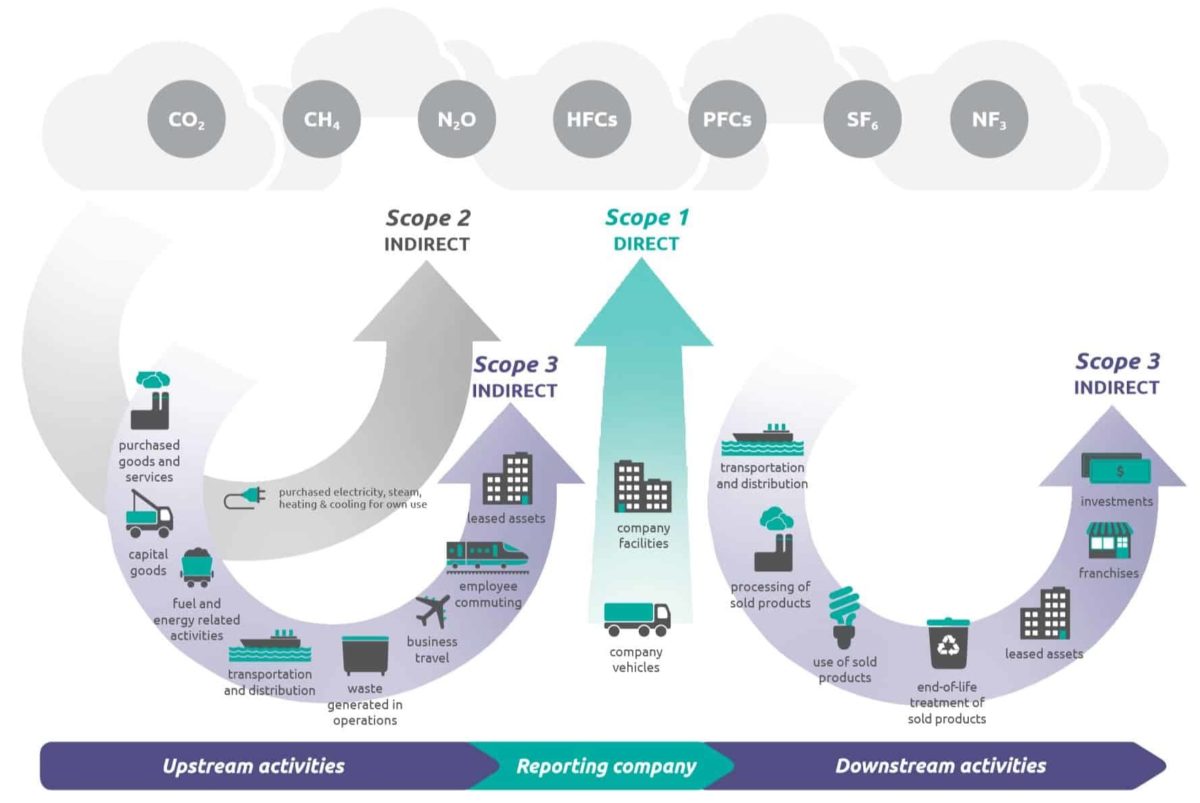By Paladin, Inc
A common measuring stick for sustainable building operations and construction is carbon emissions. Measurement of carbon emissions allows entities to have a normalized data point that covers everything from energy to material consumption. But before you can make your building and its components more green, you have to know what your current emissions are and where they come from.
That’s why the Greenhouse Gas Protocol was introduced as a joint initiative by the World Resources Institute and the World Business Council For Sustainable Development in 2001. The GHG Protocol is a global standard for calculating GHG emissions. It introduced the terms Scope 1, Scope 2, and Scope 3 emissions in its first iteration as a way to help identify the source of certain carbon emissions.
The categories of Scope 1, 2, and 3 emissions can also be organized into indirect and direct emissions, as well as downstream and upstream emissions. Each new label allows for a deeper understanding of where carbon emissions originate, and as a result, what sustainability improvements can be implemented to reduce emissions.

What are Scope 1, 2, & 3 Emissions?
Scope 1
According to the EPA, Scope 1 emissions are direct GHG emissions. The sources of these emissions are controlled or owned by a building owner, such as emissions from furnaces, boilers, and other building systems.
When Paladin begins calculating Scope 1 emissions, we’ll start by looking at your building’s utility bills and metering data, specifically for power and natural gas usage. Our primary question driving our investigation is “How much energy is this building using?” and we quantify that metric tons of carbon dioxide equivalent (Mt CO2e) Decreasing your building’s Scope 1 emissions levels is possible by understanding your energy profiles and improving the efficiency of the energy usage of your building operations.
Scope 2
The EPA defines Scope 2 emissions are indirect GHG emissions. While these emissions are the result of your building’s operations, they are sourced from the purchase of energy, such as heating, cooling, and electricity, from a different organization – typically your utility providers.
Each utility provider has a different composition – a mix of different fossil fuels, renewables, and possibly nuclear. Addressing Scope 2 emissions comes from looking at the purchased utilities and associated trade-offs between sources.
Scope 3
Activities from assets not owned or controlled by your organization are the source of Scope 3 emissions. Scope 3 is typically associated with operations activities.
In the context of building design and construction, Scope 3 emissions largely result from the decisions made about the structural and building envelope materials types and quantities. One simple example of this is the carbon emissions of cement, which is nearly pound for pound. For every pound of cement used in construction, 0.9 pounds of CO2 is produced. Evaluating the cumulative selection of materials in a building can be accomplished through the use of a Whole Building Life Cycle Assessment.
Why is Professional Sustainability Consulting & Commissioning Important?
At Paladin, we specialize in a wide array of consulting and solutions for existing buildings and new construction. Our expert services support the identification of opportunities and reduction of emissions within your building inventory and operations.
The first step with Paladin is developing a strong baseline and operational understanding of emission sources in your organization. From there, we work to address the primary drivers of carbon footprint to make those connections in design choice and future emissions. Through improvements in design to development of operational policies, we support your goals to address environmental emissions and the tools to maintain those gains.
At our core, we’re focused on helping our clients produce safe, operational, and long-lasting buildings. At Paladin, we believe good decisions are the goal of the consulting and commissioning process, and improved scope emissions are a positive byproduct.
Contact Paladin for Superior Sustainability Consulting Today
For more than 30 years, Paladin has worked to improve the building stock of our communities. As the focus has shifted further to sustainable building production and operations over the years, we’ve expertly implemented our proven solutions to have a tangible impact on Scope 1, Scope 2, and Scope 3 emissions. Contact Paladin today to learn more about how our services can affect your building’s carbon footprint across its lifespan.





